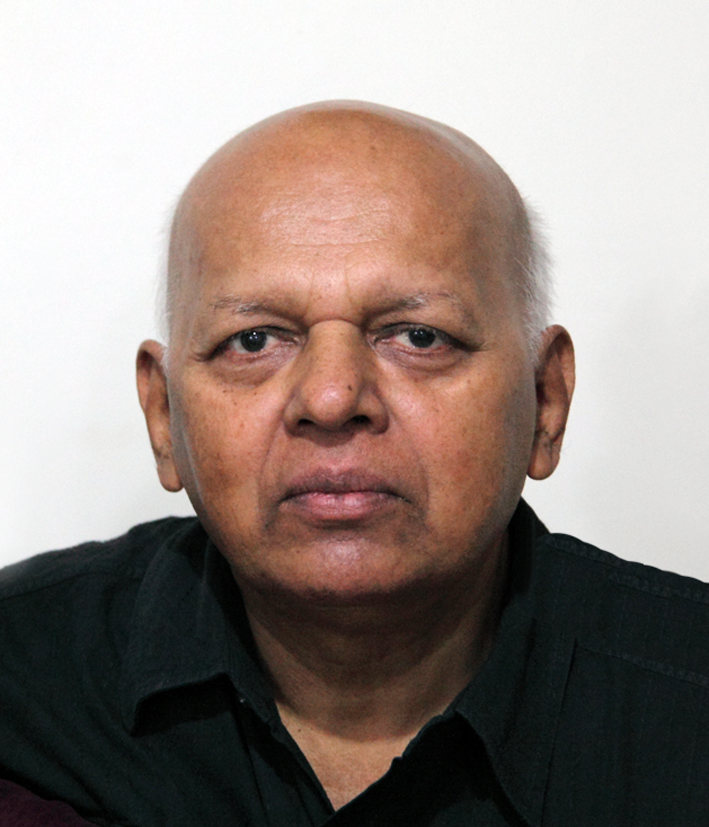Reducing overcrowding in Indian prisons!
M.Y.Siddiqui
Over the years, the successive union governments have taken several measures in consultation with the states and union territories to reduce overcrowding in prisons of India. Even the Supreme Court’s interventions have not worked. Each time, under trials have been released after remaining in prisons for stipulated period, matching numbers or more of the accused under trials come to overcrowd the prisons. Police for petty crimes for want of being bribed frames most of the under-trials. The nexus between bar-bench-police also works to the disadvantages of the poor under trials. This reflects poorly on the criminal justice system in the country. Then there is rampant corruption in the system. Prevailing criminal justice system is self-contradictory in that evidence taken by police under duress or coercion is not credible unless it is tendered before a magistrate under Section 164 of the Law of Evidence. Yet police version of charge sheet is relied upon and in the process cases are prolonged through unending adjournments or so. At the same time investigation continues to be with police despite recommendations of Justice Malimath Committee to separate investigation, which may be done by a dedicated Investigation Wing, not the police.
Nevertheless, the Union of India in the Ministry of Home Affairs (MHA) has taken various initiatives to reduce overcrowdings in the jails. Accordingly, Section 436A in the Criminal Procedure Code, 1973 (CrPC) has been inserted to provide for release of an under trial prisoner on bail on undergoing detention for a period extending unto one half of the maximum period of imprisonment specified for an offence under any law. Besides, concept of plea bargaining has been introduced by inserting a chapter XX1A on plea bargaining (Sections 265A to 265l) in the CrPC, which enables pre-trial negotiations between the defendant and the prosecution. E-Prisons Software, which is a Prison Management Application integrated with Interoperable Criminal Justice System that provides facilities to State authorities to access the date of inmates in a quick efficient manner and helps them in identifying the inmates whose cases are due for consideration by the Under trial Review Committee has been introduced. MHA has also circulated Model Prison Manual 2016 to the States and Union Territories (UTs). The Manual has specific chapters on Legal Aid and Under trial Prisoners, which provides detailed guidelines on the facilities that may be provided to undertrial inmates, like legal defence, interview with lawyers, application to courts for legal aid at government cost..
The State Legal Services Authorities have established Legal Services Clinics, managed by Empanelled Legal Services Advocates and trained Para Legal Volunteers . These clinics have been established to ensure that no prisoner remains unrepresented and legal aid advice is provided to them. Added to this, National Legal Services Authority holds awareness generation camps in jails to create awareness about availability of free legal aid, plea bargaining, Lok Adalats and legal rights of inmates and their inherent right to bail. National Legal Services Authority has prepared a Standard Operating Procedure (SOP) for Under-Trial Review Committees, which has been circulated by MHA to States/UTs for making best use of the same to provide relief to the prisoners. States/UTs have also been advised to make use of these guidelines aided by the necessary provisions in the CrPC to address overcrowding in prisons, through various advisories from time to time.
According to the latest report of the National Crime Records Bureau (NCRB) as on December 31, 2022, there were 573,220 prisoners in 1412 prisons across the country. The majority of inmates were under trials more than three in four reflecting a continuing trends as in the previous years. In absolute numbers, 78.8 percent were under trials, indicative of the poor functioning of the criminal justice system. Country’s prisons had 19,186 more prisoners in 2022 than in 2021. In 2022, about a fifth (21 percent) under-trials were Scheduled Castes, 9 percent Scheduled Tribes, whereas 17 percent of India’s population as per the latest 2011 Census was of the Scheduled Tribes 9 percent. Further, 65.2 percent under-trials were Hindus in 2022 which was 2.6 percentage points less than the previous year 2021. Muslims formed 19.3 percent of total inmates, which were i.3 percentage points higher than the previous year 2021. Muslims accounted for 14.2 percent in the latest 2011 Census. The 2021 Census was not
held owing to the Coronavirus Pandemic. More than one in six under-trials were Muslims, higher than Muslim population shares in India.
The Supreme Court of India in its orders of 2020 on various aspects of prison administration has laid down three broad principles for imprisonment and custody. First, a person in prison does not become a non-person. Second, a person in prison is entitled to all human rights within the limitations of imprisonment. Third, there is no justification for aggravating the suffering already inherent in the process of incarceration. In this back drop and several commissions and committees recommendations since the Independence on prison reforms that jails should work as centres of corrections and reforms for the inmates by weaning them away from crime prone tendencies have borne no perceptible fruitful results. As a result, most of the inmates following their release from jails turn out to be hardened criminals. In the process, very objectives are lost. At the same time, there are massive corruptions in the jail governance. From top to bottom jail personnel connive with each other to to eat up facilities for nutritious food, healthcare, correctional measures etc. which need to be addressed to meet the constitutional standards of human rights of prisoners. Currently, prisoners live in sub-human conditions. These need to be remedied effectively and not on mere paper only!
Following the Supreme Court orders in 2020, large numbers of prisoners were released to decongest the jails reducing the overall prison occupancy in 20 States and UTs to a little over 93 percent. However, the occupancy increased 130 percent again by 2021. Tamil Nadu is the sole state with less than 100 percent occupancy. Karnataka is next.
Powered by Froala Editor




LEAVE A REPLY